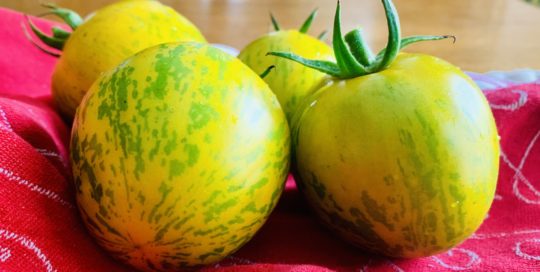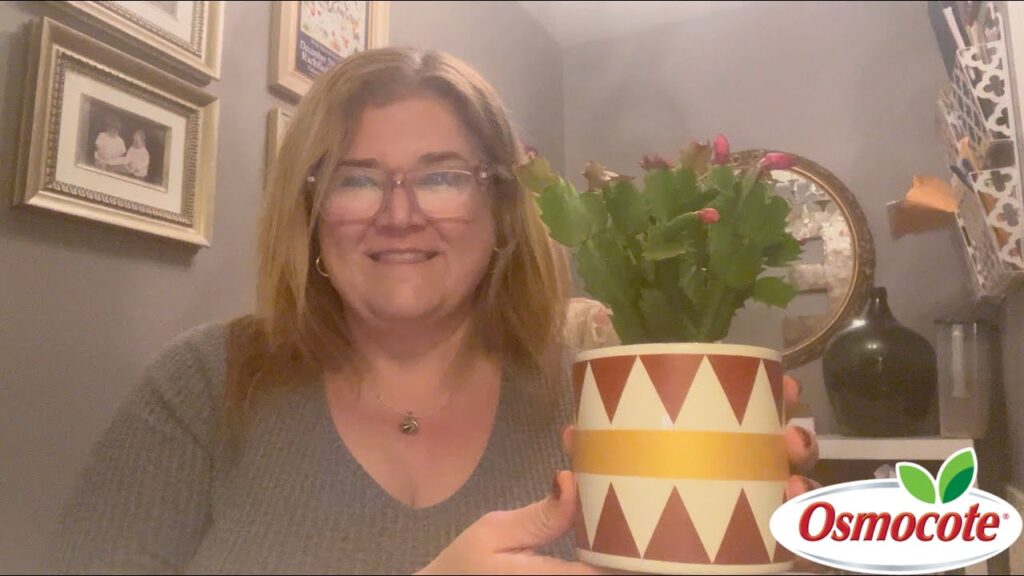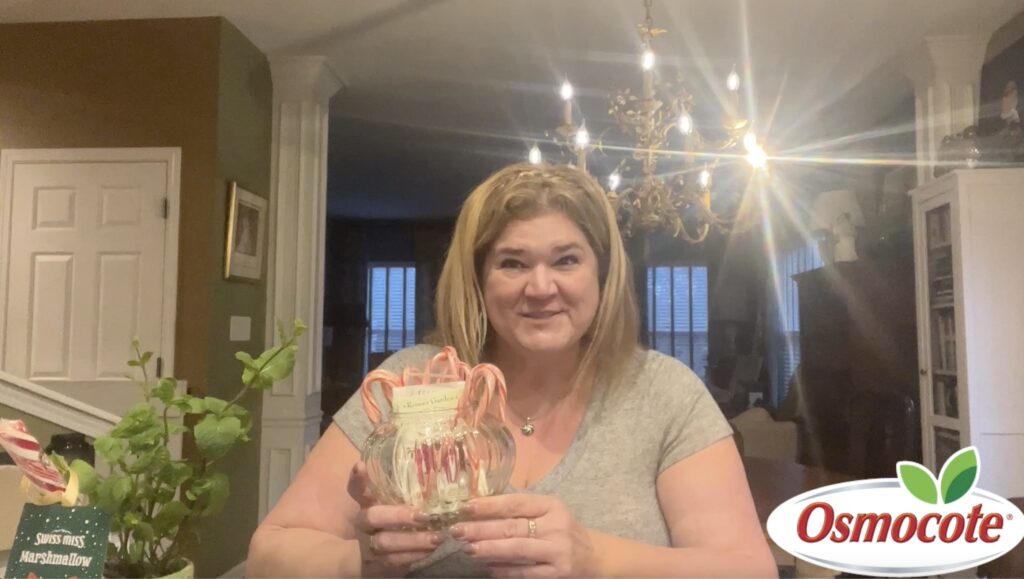Common Houseplant Pests
Views: 435
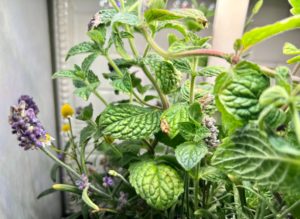
Whether you grow just a single orchid, have loads of spider plants or even a houseful of African violets, you know that you may end up with unwanted pests/insects. A few bugs aren’t something to worry much about, but if ignored they can infest your potted beauties and wreck havoc, or even kill your plants. With a few tips, and some patience, you’ll be a pro: conquering common houseplant pests is easy.
Mealybugs
Mealybugs are sapsuckers, have a waxy coating, and make dew. Waxy deposits on leaves, sometimes growing bits of black mould are a sure sign of these pests. Jade plants, coleus and poinsettias are particularly likely to be victims of these pests. Controlling them is pretty easy. First remove the mealybugs using a cotton swap dipped in rubbing alcohol. Then, gently wash your plant’s leaves with insecticidal soap and spray gently to rinse.
Scales
Scales, like Mealybugs are sapsuckers. Scales are typically found underneath leaves and on stems, although they occasionally appear on the upper leaf surface as well. While scales can infest a variety of plants, they love to all sorts of ivy, fig trees and citrus: all popular houseplant voices. Don’t despair! Like the aforementioned Mealybugs, you can attack scales in a similar way. Simply scrape the scales off of leaves and stems using your thumb nail. Then, spray your plant with NEEM oil.
Aphids
Conquering common houseplant pests is easy? it might not seem like it when battling Aphids. Aphids might be the worst because they multiply quickly. Yet another “sap-sucker” these equal-opportunity buggers attack lots of different plants, especially tender, new growth. You may notice plants beginning to turning yellow, and beginning to wilt on the end and deform. Aphids are controllable. A hard stream/spray of water will dislodge most of them. Again, insecticidal soap or NEEM oil are effective.
Fungus Gnats
Not horribly destructive, but can be a symptom of overwatering. I typically find these annoying little guys near my hydroponic planters. The larvae can feed on roots, creating stunted growth in your plants. To prevent Fungus gnats, make sure the surface of the soil in pots is dry between watering. For adults, and near my water gardens, I like yellow sticky traps.
Meet Elizabeth Morse
I specialize in creating productive gardens for my clients (garden consults), showing them how to use fresh foods (private chef & cooking classes) and enjoying…
Elizabeth's Recent Posts
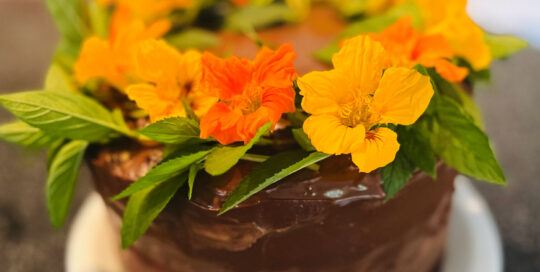
How to Grow Potted Pansies
